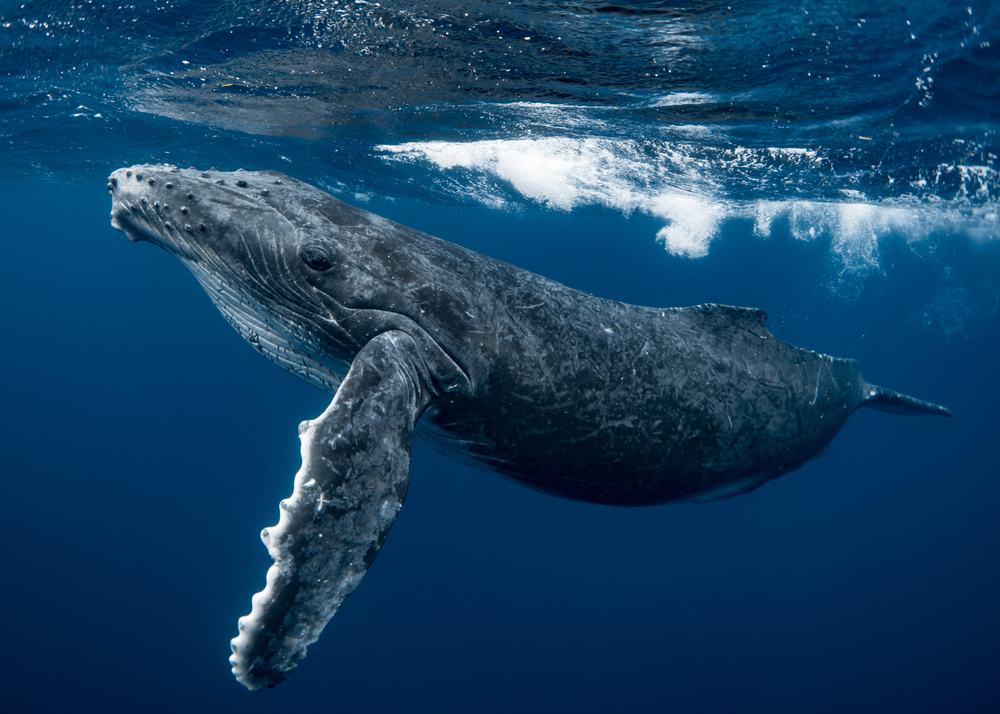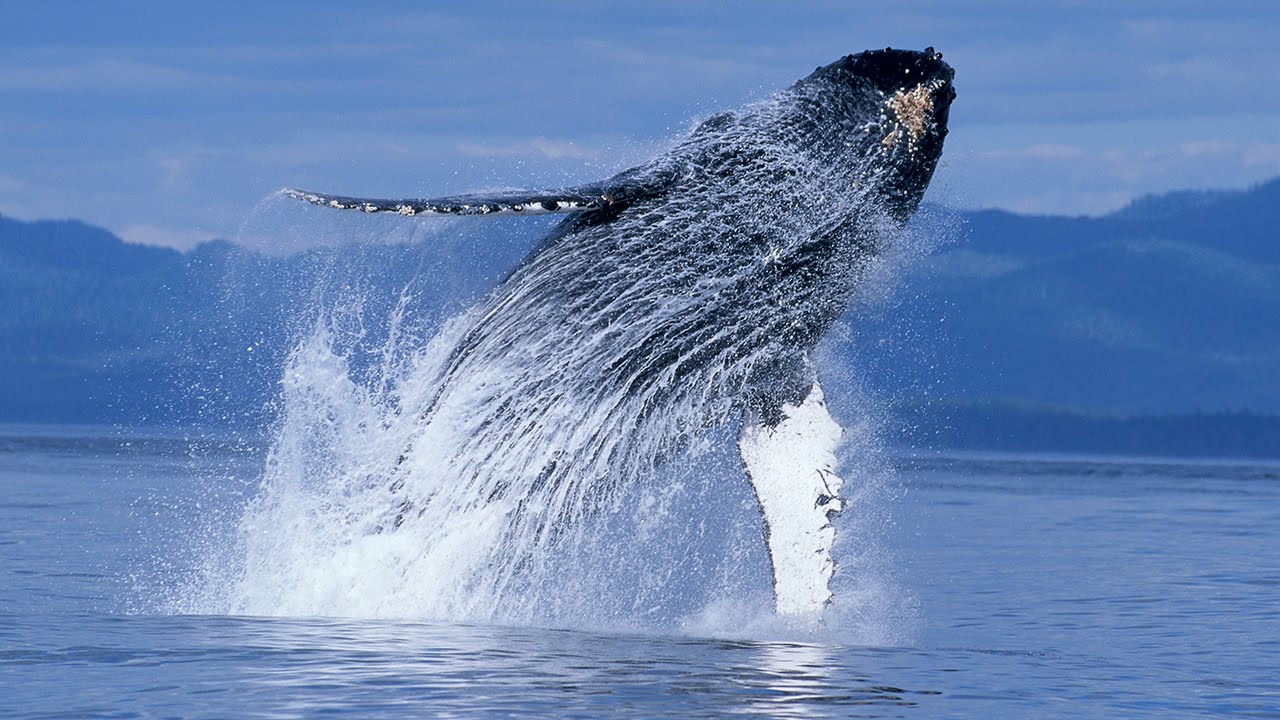Tips to Protect Humpback Whales During Panama’s Whale-Watching Season

The whale-watching season has started in Panama. The yearly migration happens during the breading and mating seasons. Right now, whales are returning to the waters of Panama from July to October, migrating from the south to the north to have their calves while transiting through Panama’s Pacific waters.
While the season for seeing whales begins in late June/early July, September is prime time to see the whales. Some of the best local spots include Taboga Island and the Pearl Islands, both in the Gulf of Panamá, closer to Panama City. Visitors can also spy these magnificent creatures in the Isla Iguana Wildlife Refuge in Pedasí in the Los Santos Province, the Gulf of Chiriqui near and around Boca Chica, and Coiba National Park, one of the 50 UNESCO Marine World Heritage Sites.
Whale-watching tourism is a huge economic benefit to the country’s local communities, creating jobs and opportunity. For tourists, it is regarded as an activity that supports ecotourism, conservation and educational opportunities. Sustainability of this type of wildlife ecotourism depends largely upon the safety and well-being of the whales themselves, says Héctor Guzmán, a marine biologist with the Smithsonian Tropical Research Institute (STRI).

In 2005, Guzmán conducted extensive research to develop protocols for responsible whale-watching tourism and Panama became one of the first countries in the region to establish legal guidelines, prohibiting any activity that might disturb the whales and cause them to change their behavior. The Marine Corridor Commission, of which Guzmán is a member, oversees these regulations. “We do the research and provide the data, and we work on ways to protect the cetaceans,” he says.
The guidelines are strict by necessity. No more than two boats may follow a group of whales. They must maintain a distance of 820 feet, while running parallel to the whales. Boats cannot move faster than the slowest animal in the group; and the time limit for following a group of adults is 30 minutes per boat and 15 minutes if there is a calf in the group. Swimming or diving near the whales is strictly prohibited.
In a December 2020 study, published in the scientific journal Frontiers in Marine Science, Guzmán coauthored a report on the behavior of whales in the presence of numerous boats. Guzmán and his team—Arizona State University research students Arielle M. Amrein and Katie C. Surrey and professors Beth Polidoro and Leah R. Gerber—witnessed several alarming guideline violations. Boats followed too close for too long, and people jumped into the water to swim with the animals. These encounters, the researchers say, increase the chances of collisions, and can cause irregular behaviors in the whales, such as diving for longer periods or changing course to get away from the boats.
Guzmán says that boats filled with tourists often chase groups with calves, which is even more concerning. “The mother forces the calf to follow her, but the calf doesn’t have the strength yet to keep up,” he says. “One time, after being chased for a long time by tourist boats, the mother stopped and her calf climbed on top of her, and they just stayed there, exhausted, in front of us. It was heartbreaking. I wanted to shout at the tourists and guides that this was not a cute show for their videos and pictures, it was not a natural thing. They had caused it.”
On-going disturbances might have lasting impacts on the whales’ reproductive habits, affecting whale populations in the long-term. The noise from boat motors produces “acoustic masking” and inhibits whales from communicating effectively, which makes it more difficult for them to find mates, for mothers to communicate with their young, for locating food, and forces them to spend more energy to increase the volume or duration of their vocalizations. All of this increases their stress levels.





